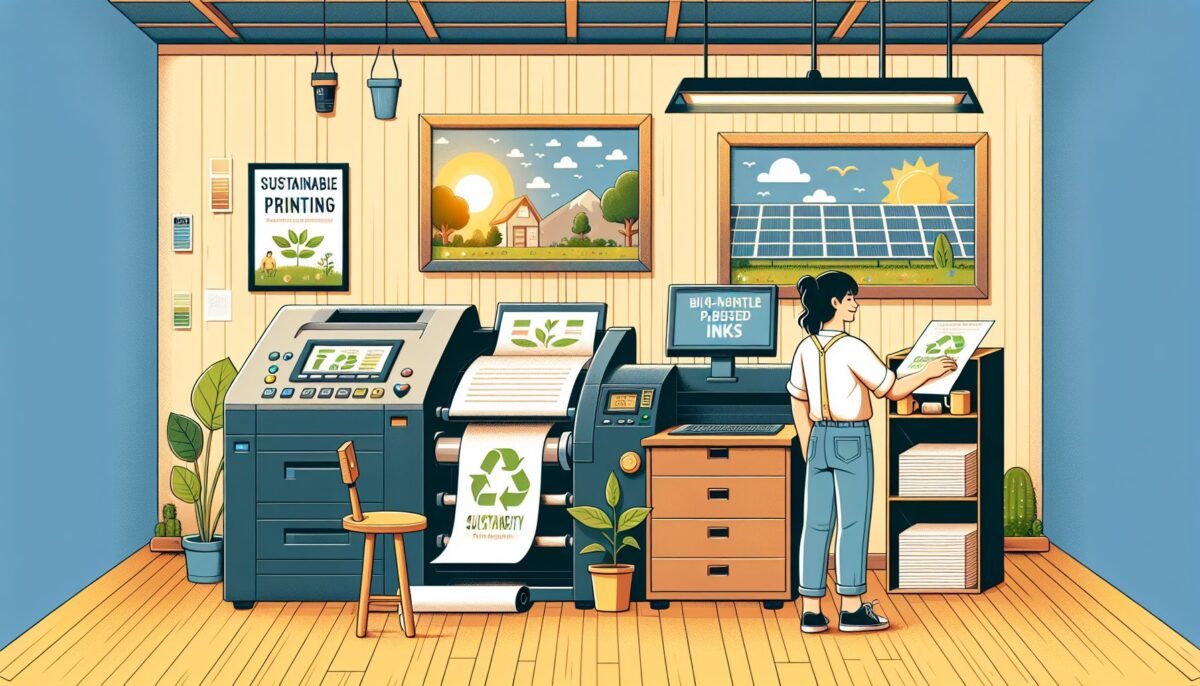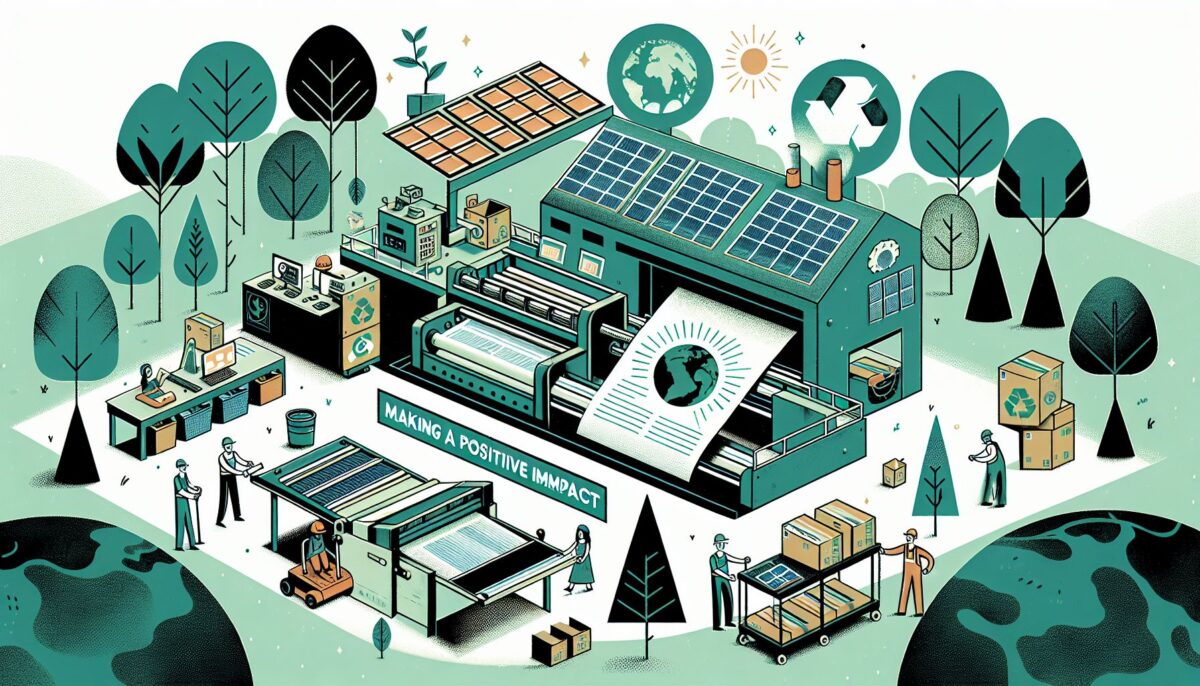Boston has long been a hub for innovation and cultural expression, and printing services have played a significant role in this rich history. From colonial times when pamphlets and broadsheets spread revolutionary ideas to the modern age of digital printing and large-format graphics, the industry has evolved drastically. Despite technological changes, the demand for high-quality print materials persists. The city’s numerous print shops cater to a wide array of needs, serving businesses, artists, and individuals with diverse services that range from basic document production to intricate design and specialized printing projects.

As businesses grow more brand-conscious and the marketing landscape becomes increasingly competitive, professional printing services in Boston continue to adapt. They offer not only standard printing but also comprehensive design and branding services, ensuring that marketing materials consistently reflect the company’s identity. Attention to detail is evident in the finishing and binding services provided, allowing for a polished final product. Furthermore, the integration of digital capabilities enables printers to offer variable data printing, enhancing customization and personalization for direct mail campaigns and other targeted marketing efforts.
Key Takeaways
- Print services in Boston provide a fusion of traditional and modern printing techniques satisfying various client requirements.
- Professional branding, design, and marketing material production are central to the services offered by Boston print shops.
- Customer experience and support extend beyond printing, encompassing digital integration, event material preparation, and eco-friendly options.
Understanding Printing Services
In Boston, a variety of printing services cater to diverse print needs, from individual projects to large-scale corporate endeavors, emphasizing digital and offset techniques.
Different Types of Printing
Digital Printing: A modern method well-suited for small to medium-sized batches with intricate designs. Essential advantages include:
- Speed: Faster turnaround due to no drying time.
- Flexibility: Allows for personalized prints, such as variable data printing.
- Cost: Economical for short runs due to lower setup costs.
Offset Printing: Preferred for high-volume, professional jobs needing superior quality. Distinct characteristics are:
- Quality: High image fidelity and consistency.
- Efficiency: Cost-effective for large quantities.
- Versatility: Accommodates a wide range of print materials.
Full-service print shops in Boston may offer both digital and offset printing options to accommodate clients’ varied needs.
The Importance of Quality
Quality work in printing services is indispensable, as it reflects the standards of the client and the effectiveness of the printed material. Ensuring high quality involves:
- Attention to Detail: Precision in color matching and cutting.
- Material Selection: Use of premium inks and substrates.
- Expertise: Skilled technicians monitoring the print process.
Quality control is integral to the reputation of Boston-based printing services, ensuring customer satisfaction and longevity in a competitive market.
Professional Printing in Boston
In Boston, businesses seeking professional print services benefit from a broad selection of print shops and local expertise. Choosing the right provider and understanding the advantages tied to local knowledge can significantly impact the print outcome.
Selecting a Print Shop
When selecting a print shop in Boston, it’s crucial to consider factors like experience and communication. Kendall Press, for example, has a reputation for being attuned to the needs of Boston business printing. They exemplify how finding a shop with an established record and willingness to collaborate leads to better tailored solutions.
- Criteria to Consider:
- Expertise in various print mediums
- Record of timely delivery
- Quality of past work
- Customer service and communication
- Recommendations and reviews from local businesses
Benefits of Local Expertise
Choosing a Boston-based print shop offers several advantages:
- Understanding of Local Market: Print shops in Boston are likely to have a better grasp of local business environments and audiences.
- Personalized Service: Local printers can provide face-to-face consultations to ensure clear understanding of clients’ needs.
- Supporting Local Economy: Contracting local services contributes to the economic health of the region.
A local printer’s knowledge often translates to advice that’s tailored to specific prints, such as choosing the right material for a job or understanding Boston’s market trends.
Contact Info:
| Company Name | Swifty Printing | Print Shop, Digital Commercial Printer, Business Cards, Banners |
| Street Address | 5 Forest St |
| City | Arlington |
| State | MA |
| ZIP / Postal Code | 2476 |
| Phone (GMB Main) | (781) 664-9635 |
| Website URL | https://www.bostonprintservices.com/ |
Design and Branding Services
Boston, the convergence of design and branding services plays a crucial role in establishing a company’s presence in the market. They ensure that a brand’s identity and marketing collateral are not only visually appealing but also effectively communicate the company’s ethos.Creating Your Brand IdentityCreating a brand identity involves more than just designing a logo. It encompasses a comprehensive strategy that defines what a brand stands for and how it’s perceived in the marketplace. A brand identity is the aggregate of how a brand looks, feels, and communicates to people. This often includes:Logo Design: The creation of a distinct and memorable visual symbol that represents the brand.Brand Messaging: Key phrases or statements that accurately reflect the brand’s values and mission.Color Palette and Typography: Selection of colors and fonts that consistently convey the brand’s personality across all platforms.
Graphic Design SolutionsGraphic design is a key component of branding that brings a brand’s identity to life through various forms of marketing collateral. Graphic design solutions in Boston are tailored to meet the specific needs of businesses and can include:
Marketing Material Production
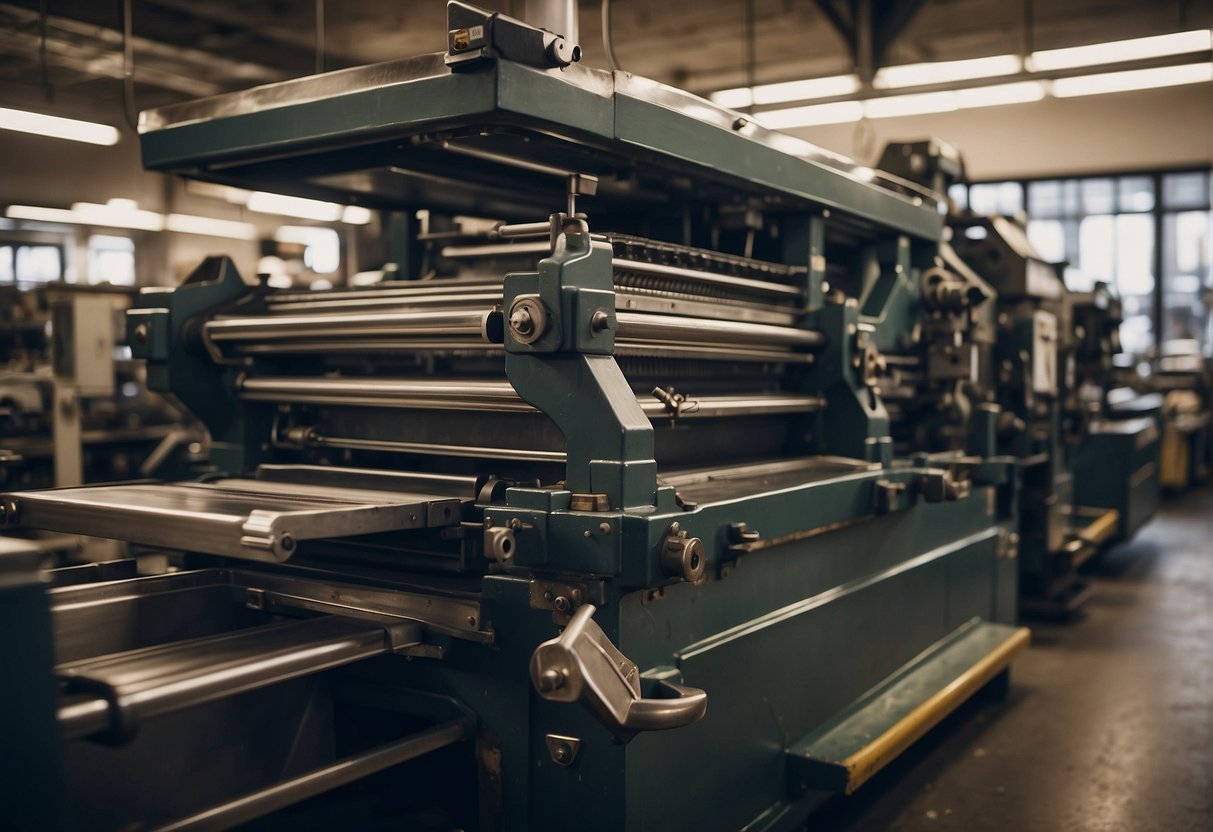
In Boston, marketing material production is a crucial aspect for businesses seeking to enhance their visibility and brand recognition. High-quality printed materials such as brochures, business cards, and direct mail campaigns are instrumental in engaging potential clients and conveying a professional image.
Brochures and Flyers
Brochures and flyers are essential for businesses to present their products and services in a concise and visually appealing way. Brochures often come in bi-fold or tri-fold formats and are printed on glossy or matte paper to leave a lasting impression. Flyers are typically single-page and can be used for mass distribution or specific events.
- Paper Quality: 80–100 lb text or cover stock
- Finishes: Gloss, matte, or uncoated
- Sizes: Various, commonly 8.5″ x 11″ for brochures and 4″ x 6″ for flyers
Business Cards and Stationery
Business cards and stationery reflect a company’s brand and are a tangible part of its identity. Business cards are often the first material exchanged in professional settings and need to be memorable. Stationery includes letterhead, envelopes, and presentation folders, adding a layer of consistency and formality to a business’s communications.
- Business Cards:
- Standard size: 3.5″ x 2″
- Options: Embossing, foil stamping, rounded corners
- Stationery:
- Types: Premium paper for letterheads, custom envelopes
- Features: Watermarks, company logo
Direct Mail Campaigns
Direct mail campaigns allow for targeted marketing efforts, offering a physical touchpoint to consumers. Direct mail can range from postcards to catalogs, and personalization can significantly boost response rates. Newsletters keep clients informed about news and offers, fostering long-term business relationships.
- Campaign Elements:
- Personalized address labels
- Timely offers and calls to action
- Tracking Mechanisms:
- QR codes
- Unique URLs
Specialized Printing Options
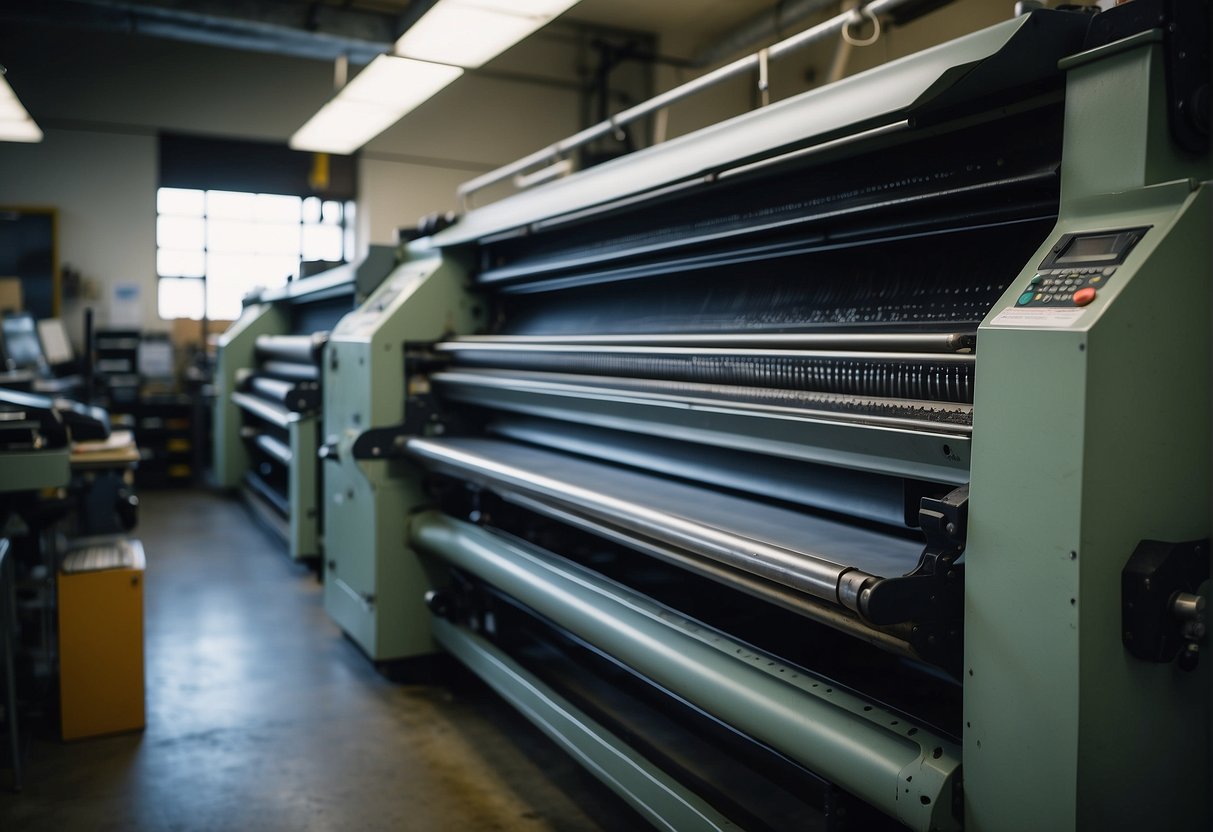
Boston’s specialized printing services cater to a variety of niche requirements, from eye-catching large format prints to unique promotional items that help businesses stand out. This section details the plethora of options available to satisfy these specialized demands.
Wide Format and Banner Printing
Boston’s printing industry is equipped to handle large format printing needs with efficiency and precision. Businesses can order signs and banners that are not only large in dimension but also high in quality. These services often include a range of materials such as:
- Vinyl
- Fabric
- Mesh
Retractable banners are a popular choice for businesses seeking portable and easy-to-setup promotional tools. They can be customized to various widths and heights to fit the specific venue or event.
Custom Promotional Items
Businesses in Boston also have access to printing services that specialize in promotional products. These items are tailored to increase brand visibility and can include:
| Product Type | Examples |
|---|---|
| Wearables | T-shirts, hats, wristbands |
| Office Supplies | Calendars, pens, notebooks |
| Drinkware | Mugs, water bottles, tumblers |
These items can be imprinted with a business’s logo or message, providing a tangible connection between the company and its audience. The customization process allows for diverse designs, ensuring that products are as unique as the company they represent.
Finishing and Binding Services
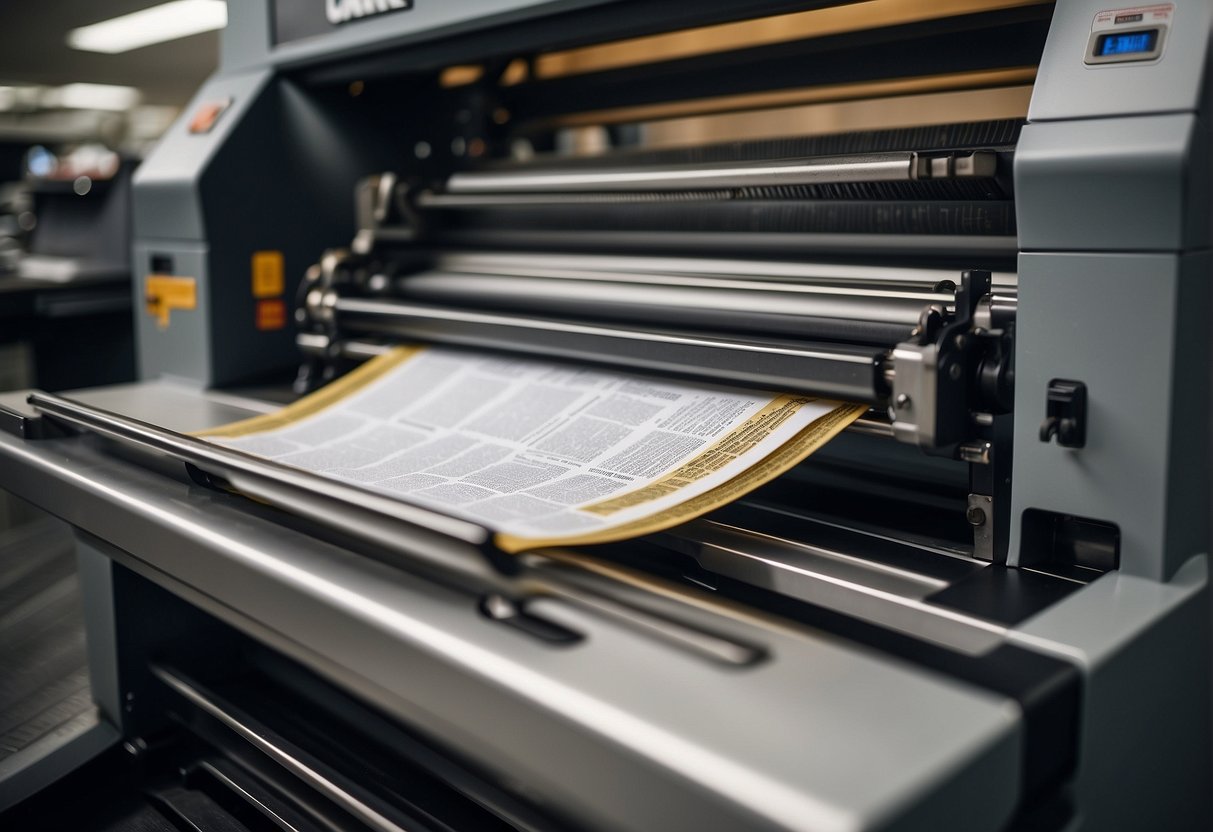
Printing companies in Boston offer a range of finishing and binding services to enhance the durability and aesthetic appeal of printed materials.
Enhancing Presentation Quality
To elevate the professional appearance of printed work, finishing services such as laminating and mounting are integral. Laminating adds a protective layer that can be either glossy or matte, ensuring longevity and enhancing vibrancy. Mounting provides stability and support for large format prints, making them suitable for displays and presentations. These services are meticulously executed to ensure that the final product reflects the desired level of quality.
Diverse Binding Techniques
Binding services in Boston cover a wide array of techniques to suit various printing needs. The following table outlines popular binding options provided by local specialists:
| Binding Type | Description | Use Cases |
|---|---|---|
| Saddle Stitching | Involves folding sheets of paper and stapling them at the crease. | Booklets, brochures, magazines |
| Perfect Binding | Glue is applied to the spine of gathered pages which is then attached to a cover. | Novels, catalogs, corporate reports |
| Spiral Binding | Utilizes a durable plastic or metal coil that threads through small holes punched along the edge of the document. | Manuals, notebooks, recipe books |
| Wire-O Binding | A double-loop wire is used for binding pages which allows the document to lay flat when open. | Presentations, calendars, proposals |
These binding techniques are chosen based on the document’s intended use, durability requirements, and presentation quality, ensuring that final products not only meet but exceed expectations.
Digital Integration and Variable Data

In Boston’s printing landscape, the fusion of digital technology and variable data has transformed traditional methodologies. Precision in full-color variable data printing is not just an option; it’s necessary for businesses to stand out.
Advanced Printing Technology
Digital printing technology in Boston enables the production of materials with a high degree of personalization. This is facilitated by sophisticated software that merges variable data—such as text and images—with a print job. The result is a streamlined process that can generate a diverse range of personalized items, each with unique information tailored to the recipient.
- Precision: Achieved through advanced digital platforms, allowing for sharp, full-color prints.
- Speed: Modern printers operate with remarkable efficiency, dramatically reducing turnaround times.
- Adaptability: With digital technology, last-minute changes and on-the-fly adjustments to print jobs are manageable.
Personalized Marketing Materials
Variable data printing is extensively used for creating personalized marketing materials, which have proven to enhance engagement rates. Each print piece can be customized for the individual recipient, making the marketing efforts significantly more relevant and impactful.
- Customization Examples:
- Names and addresses on direct mail
- Unique QR codes for tracking engagement
- Personalized graphics based on purchasing history
- Benefits:
- Higher Response Rates: Personalized print pieces often yield better responses compared to generic materials.
- Brand Connection: Tailored content creates a more intimate brand-to-consumer relationship.
Additional Printing Services
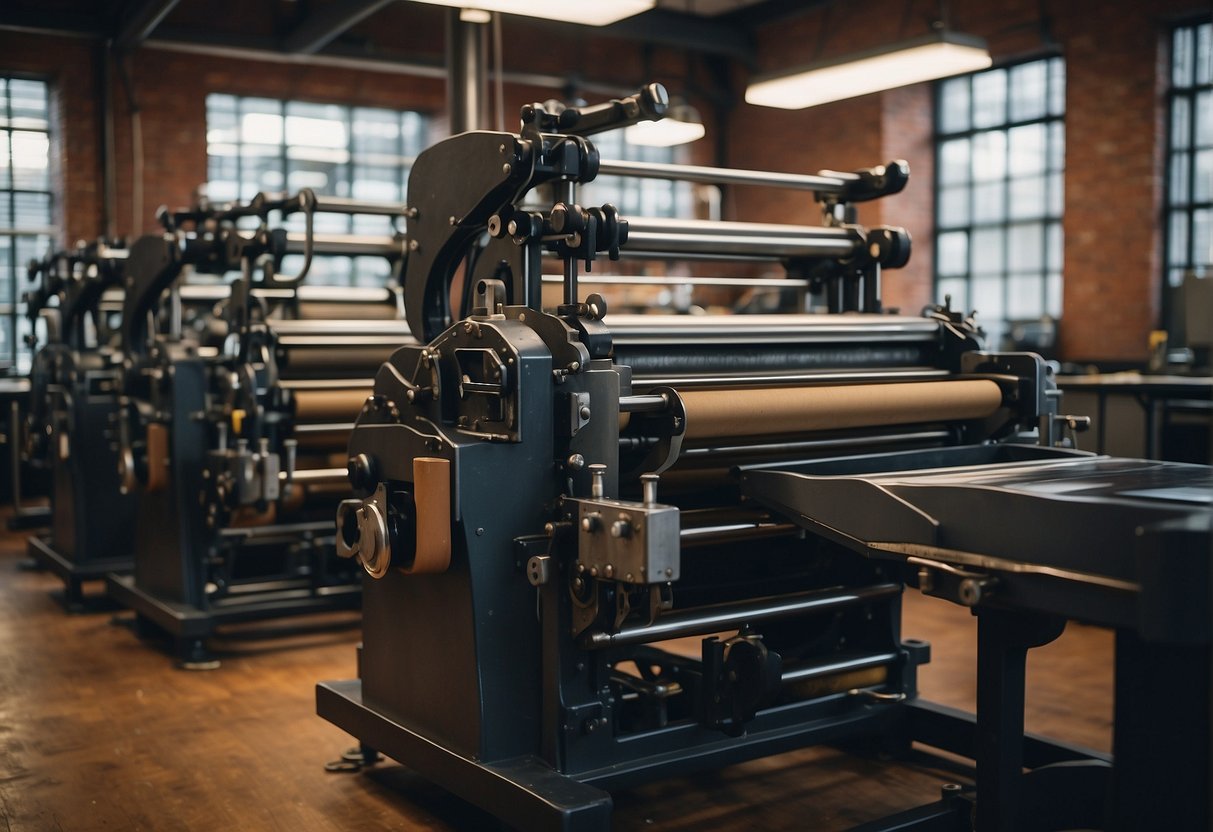
Beyond standard printing offerings, Boston’s printing facilities often include comprehensive mailing and shipping solutions, as well as copy and scanning services, catering to a wide array of client needs.
Mailing and Shipping Solutions
Printing companies in Boston understand that the job often doesn’t end with printing. They offer mailing services that handle everything from bulk orders to individual pieces. Businesses can take advantage of these services to save time and streamline their distribution process.
- Bulk Mailing: Ideal for newsletters, flyers, and promotional material.
- Package Handling: Secure packing and shipping for printed materials of all shapes and sizes.
- Tracking Solutions: They provide options to track shipments ensuring peace of mind that materials reach their destinations.
Copy and Scanning Services
Copying and scanning are essential services that accompany the printing process. Boston’s print shops come equipped with state-of-the-art technology to produce high-quality copies and scans efficiently.
- Copy Services:
- Color and Black & White: Options for various requirements and budgets.
- Volume Discounts: Cost-effective solutions for large copying jobs.
- Scanning Services:
- High-Resolution Scans: Ensuring clear digital copies of documents, images, and artwork.
- Digital Archiving: Offering organized storage solutions for easy file retrieval and management.
Client Experience and Support
The printing services in Boston are dedicated to providing an outstanding client experience, focusing on superior customer service and adaptability to individual client needs.

Customer Service Excellence
Printing companies in Boston understand the importance of customer service excellence. They prioritize building relationships with clients through friendly and helpful interactions. Their customer service teams are known for being responsive to inquiries, ensuring that every question is answered promptly. Clients can easily request a quote and receive a detailed response that outlines the costs and services clearly.
- Responsiveness: Customers can expect quick replies to emails and phone calls.
- Availability: Support teams are available during extended business hours to assist with any concerns.
Adaptable to Client Needs
Flexibility is at the core of Boston’s printing services. These businesses are flexible in catering to a diverse range of printing requests, from small orders to large, complex projects. They make it a point to adapt to the specific needs and timelines of their clients, offering customized solutions to ensure satisfaction.
- Customization Options: Tailored services to match client specifications.
- Adjustability: Willingness to adjust project parameters in response to client feedback.





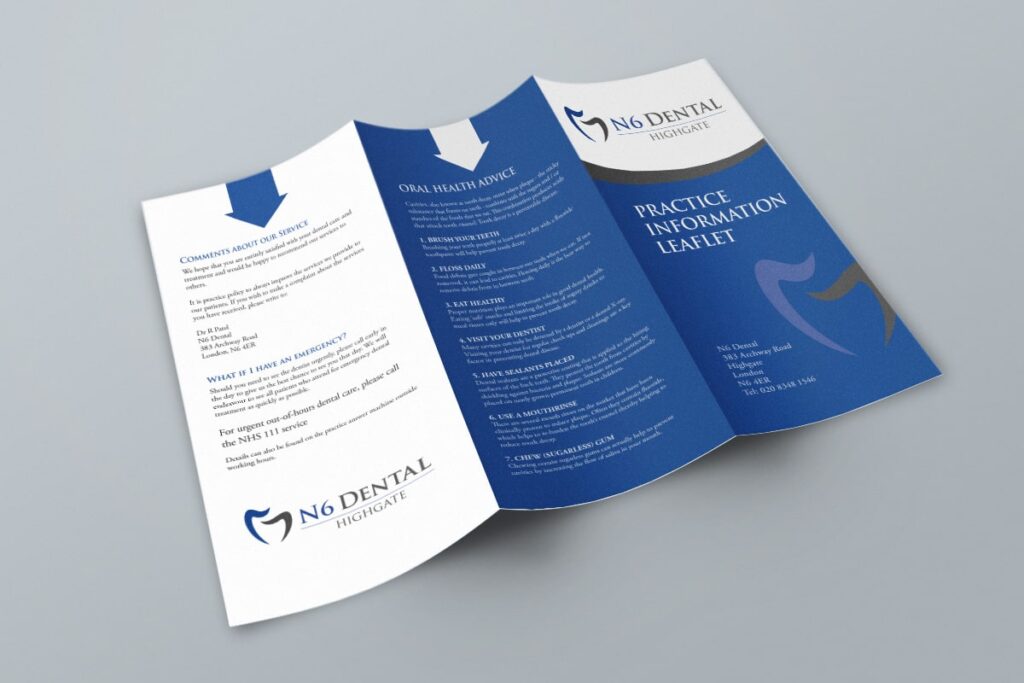



 Boost Engagement On Social Media.
Boost Engagement On Social Media.






